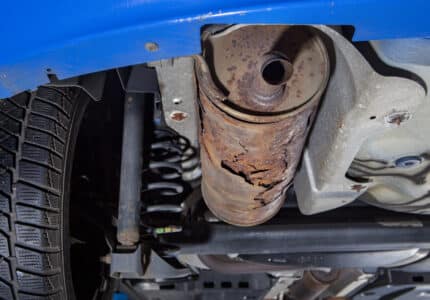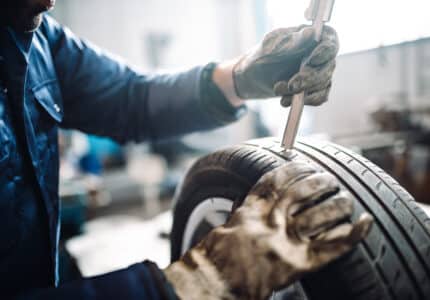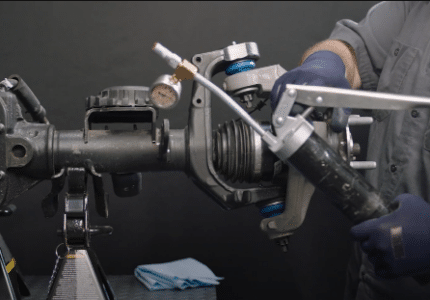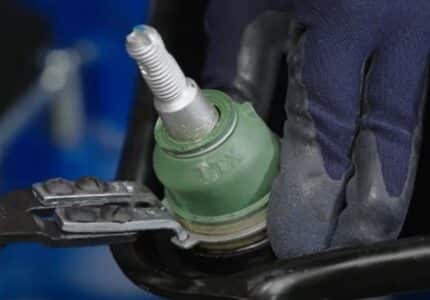6 Really Good Reasons to Choose Aftermarket Over OEM Chassis Parts
An aftermarket vehicle is very different from the new one that rolled off the lot three or more years ago, especially when it comes to the chassis. Older vehicles have softer, worn suspension systems that sag, altering the vehicle’s geometry. This puts excess loading on the chassis, suspension and driveline components designed to provide a smooth, stable ride. New vehicle parts are built to take a certain amount of load. Once the load exceeds those limits components begin to fail.
Aftermarket chassis parts are often engineered to accommodate changes in an older vehicle’s load and geometry. On the other hand, parts made by the original equipment manufacturer (OEM) are built to the exact specs of the vehicle when new. So how do you know which parts are right for your aftermarket vehicles? Here are 6 really good reasons to choose aftermarket over OEM chassis parts:
- Better value
OEM products are endorsed by the automaker and are often significantly more expensive than aftermarket parts of the same or better quality. Aftermarket parts often provide even more value for money, by improving on the original manufacturer’s design. - More variety
OEM parts are easy to choose because they usually come in one type for the vehicle. While aftermarket parts are usually made by a variety of manufacturers, and a wider variety of parts means more choices in functionality and price points. - Higher availability
OEM parts are often sold through the dealership and/or select distributors. Whereas aftermarket parts can be found at a variety of distributors, wholesalers and retail outlets. As well, OEMs may simply not provide certain aftermarket parts. For example, a replacement solution for a worn ball joint for the Dodge Caliber lower control arm can only be found in the aftermarket. - Better, easier fit
In addition to not being available for aftermarket applications, OEM parts may not easily fit a vehicle that is no longer new. To address this, the best aftermarket companies study wear and tear patterns and then engineer parts specifically to fit worn vehicles. They also often include installation tools and hardware in the box that simplify the technician’s job and speed up installs. - The right materials
The US is enforcing CAFE (Corporate Average Fuel Economy) standards, which require OEMs to improve fuel efficiency by 5% every year. The goal is to achieve an average fleet fuel efficiency of 54.5 mpg by 2025 and 86 mpg by 2030. The push for vehicles to meet these standards has manufacturers changing the way vehicles are designed, often targeting chassis to find ways to reduce the weight of individual components. The aftermarket, however, is not subject to CAFE regulations, so they can concentrate on building chassis parts using the right materials for the job. - Quality and performance that match the need
OEM parts meet the original factory specs, and that serves as their quality guarantee. There are aftermarket parts that perform just like the original at a more economical price point. However, since aftermarket vehicles often have different needs once they are 3 to 4 years or more into their lifespan, merely matching OEM part performance may not be enough. Aftermarket chassis are no longer perfect, and their components are typically no longer at OE spec. This puts higher demands on replacement parts than the original parts had to meet. The best aftermarket manufacturers design and build application-specific upgrades to enable better part performance, including thicker cross sections to reduce twisting, knurling for better grip, reinforced bushings for better ride quality, increased ball stud diameters for higher durability and sintered metal bearings for longer service life.
When it comes to replacing chassis parts, choose the best aftermarket option — one that is engineered to protect vehicle geometry and provide better load distribution to meet and exceed original OE specifications. Mevotech parts are built to compensate for additional caster, camber and toe loading of older, sagging suspensions with more robust aftermarket components. Unbound by the limitations of CAFE standards we use materials that create heavier, stronger and better performing parts for older vehicles, with application-specific upgrades that keep vehicles on the road longer. By focusing 100% on aftermarket components for the driveline, steering and suspension, we deliver industry-leading parts coverage, designed with technicians in mind.




